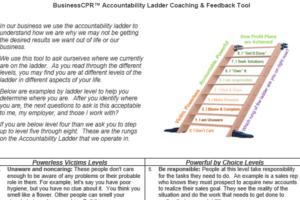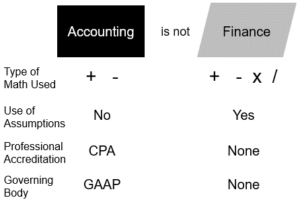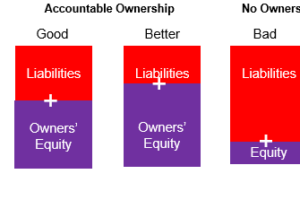
Synopsis
The grading process used in school enables the teacher to convey to the student and parents a student's mastery of the subjects they had been taught through a semester and year. Employees need the same type of grading associated with their job performance from their supervisors. Just as a student corrective action is applied when a student earns failing grades, corrective action is needed with employees who fail to contribute to company success through the work they are paid to perform.
Learn the top five reasons for not getting your invoice paid on time
The following represents the most commonly used rating standards for the contribution of an employee. The following should be taken as general illustrations of the standard expected rather than as comprehensive definitions. The individual conducting the evaluation should use their judgment in determining other factors which should be taken into account in particular work situations:
5. EXCELLENT — overall contribution is characterized by high quality and quantity of work in accomplishing tasks and assignments; all duties and responsibilities are conducted professionally and judiciously. Performance is integrated very well with the overall activities of your business, and no direct assistance other than general guidance is necessary. Employees earning this rating are making superior contributions through mastery of job-related skills. They seek out and assume responsibilities above and beyond the position requirements. Contribute new ideas and ways to improve operational and procedural matters that make us a better business. They are recognized as “excellent” by customers, other supervisors, In school, this is considered A+ work.
4. GOOD — overall contribution in the completion of tasks and projects is better than average. All duties and responsibilities are conducted professionally and judiciously. They have contributed to the effectiveness of their work area. Seek out and assume responsibilities that are beyond job requirements. Efficiently uses time and resources in carrying out assignments. In school, this is considered B+ work.
3. AVERAGE — acceptably performs all duties and responsibilities. Little need for improvement. Can perform most work independently. Fulfills job description or duties list responsibilities. May hesitate to undertake work outside of their defined area. Still, they need direction and a review of major parts of assignments. There is nothing wrong with an average employee working in your business. In school, this is considered C+ work.
2. POOR — contribution for the money paid rarely meets minimum acceptable standards and is unsatisfactory in some cases. Detailed direction and frequent progress checks are usually required. Assignments are often completed late and The employee fails to meet documented job requirements—corrective action is required, or separation from the company will occur through progressive discipline. In school, this is considered D work.
0. FAILING — performance does not meet minimum acceptable standards. In school, this is considered failing work that would earn an F. If this is their first failing evaluation, a detailed corrective action plan must be put in place, including frequent progress checks. The employee must be told that the next step is separation from the company unless they meet job requirements within the established timeframe. If continued problems exist, Managements’ obligation is to proceed with employee termination as previously communicated.
A commonly used approach to helping keep employee evaluations objective is to establish points for each category rated and then add up the points to arrive at a total score. The total score is then used to indicate the employee’s overall evaluation as outlined below:
0 – 20: Employees scoring this low should probably be dismissed. Their performance is far too low, and chances for improvement are marginal.
21 – 40: Employees scoring in this range are considered marginal. They should be informed that if there is no immediate and continuous improvement in performance in specific areas, consideration will be given for separation.
41 – 60: This is the range for average performance. Most employees will score in this range. Continued improvement should be expected over several evaluations.
61 –80: Evaluations in this range are very desirable. Employees who score in this range demonstrate above-average performance.
81 –100: This is the highest level of performance. Few employees score consistently at this level. Scores above 90 are attained only by the top performer.
By assigning a score to an employee’s core areas of accountability, their supervisor is positioned to hold a mutually beneficial work contribution conversation. The assigned rating to any item is not designed to find fault but to develop better talent and, as a result, a better company. This conversation aims to help the employee appreciate what they are doing well, where they are getting stuck, and what they need to do better.
Any manager who uses the rating system to unload on an employee about what they don’t like about an employee needs training. They are failing the employee, the company, and themselves. The purpose of rating assigned areas of contribution is to help those who report to them develop the talents they need to contribute more to the business tomorrow than yesterday. When managers are given training on how to do this, you will see employees contributing more to the success of your business.
Would you like some help establishing a contributions management process?
Click here to speak with one of our certified BusinessCPR™ Business Coaches to learn how to quickly set up a contributions management process with a grading system that helps employees know how their contributions stack up to performance expectations. Those who rate employee contributions against established standards make more money by helping those in their employ better appreciate where they contribute to business success and where they could do better.
Are you ready to stop being your customers bank?
Click the link below to talk with a certified BusinessCPR™ Cash Management expert to learn how best to set up an A/R collections process to improve your odds of getting paid the money owed to you.
SCHEDULE APPOINTMENT

